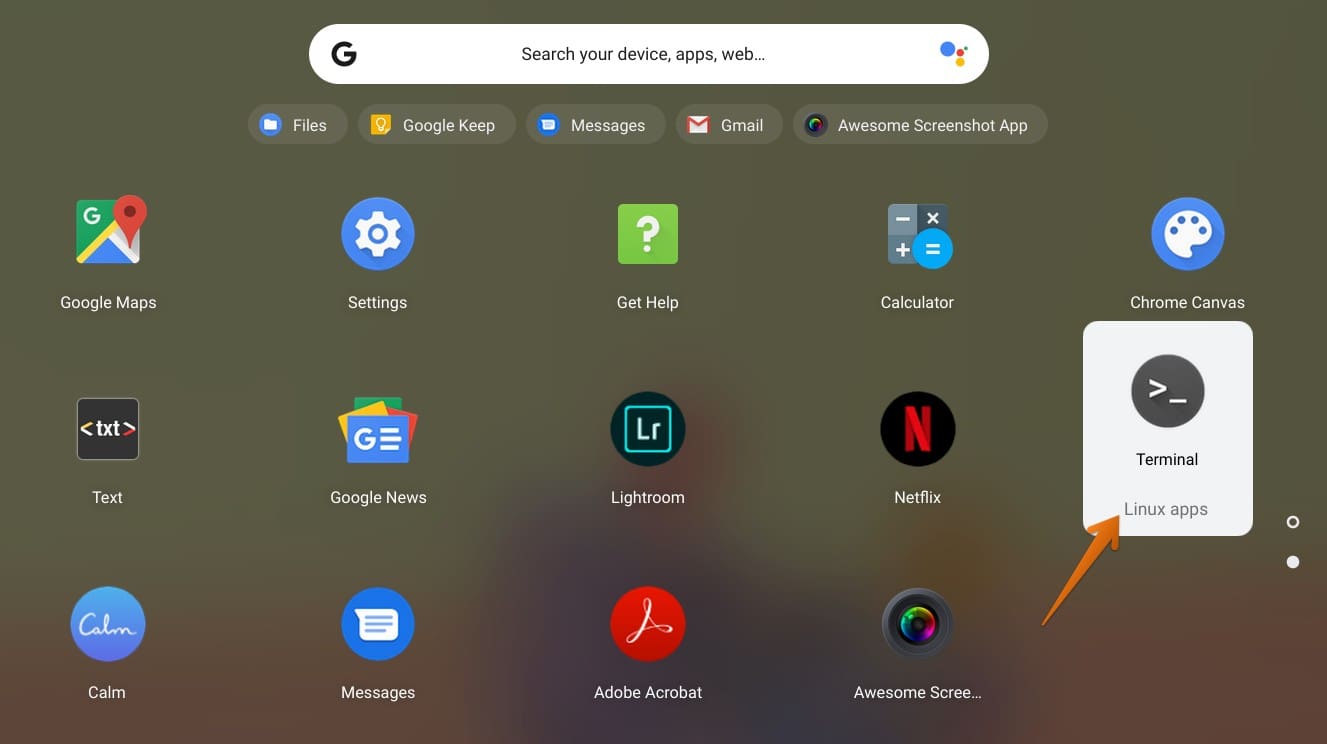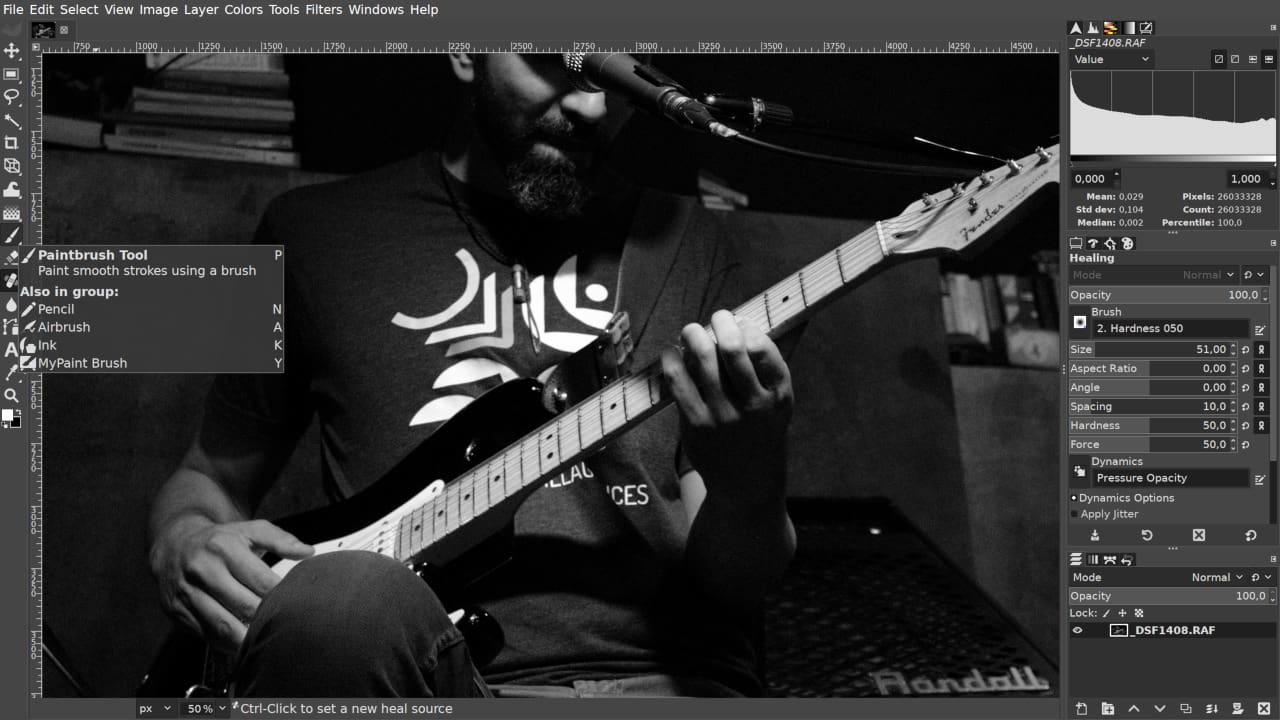Reasons to Run Linux on Your Chromebook
You might be wondering that if your Chromebook already fulfills your undemanding requirements and keeps you fairly satisfied, do you actually need Linux? That’s a totally reasonable statement, which is why in this article, we’ll be listing down the top reasons why you should flip the switch that enables Linux on your Chrome OS and take your experience to the awesome next level.
1. Linux is Fully Open-Source

Installing Linux
For starters, the Linux operating system has been made open-source since the very beginning. To help streamline things for you, we’re going to explain what that means.
Unlike other things globally, an open-source license allows Linux to abide by the law of “by the people, for the people.” Using this OS, you can run programs for whatever purpose you’d like and study the program’s working patterns. Besides, you may also change how that program works. You also have the freedom to distribute your modified version of Linux to other people without worrying about any copyright or IP infringement.
This way, you can interact with the community in a whole different way, make substantial contributions, and learn how this great operating system works. An open-source functionality is one of the main reasons why Linux spans the whole world today and how most users are using some distribution of Linux.
Moreover, struggling open-source developers now have their creations waiting for an extensive array of audiences. Tools that were once limited in usage are now used openly using Linux distros.
2. Getting the Best Out of Chrome OS

Linux Apps Group
Right in your Settings, you have the option to enable a powerful operating system that can only take your Chromebook up and never down. Do you see a reason not to get started right away? We sincerely don’t, which is why you have to get Linux up and running if you want to get the best out of Chrome OS.
Using Linux is basically a two-in-one package where you get to use two computers in one. Expand the Chrome OS’s functionality by getting it out of its comfort zone, and switch on the Linux kernel to get a taste of the wonderful open-source community product.
3. It’s Free
If this point doesn’t win you over, we don’t know what will. Linux offers a zero cost of entry, and it takes pride in the fact that it will always stay that way. This statement relates back to the open-source, by the people, and for the people theory.
Linux is installable on as many systems as you wish, and you’ll never have to pay a single buck for this service ever. That includes the software and server licensing both. On the contrary, you have heavily priced servers from Windows that may cost up to $110 per two cores. Speaking of the server CAL, it costs about $30 per device and $38 per user if purchased from Microsoft directly.
What if you need to add 10 users? Are you willing to pay more than 350 dollars for that? If you have an equally good free of cost alternative that’s easy to install, effortless to use, not to mention server software licensing and full-fledged web servers, we don’t think you’d be inclined to make purchases even one bit.
4. Increase Your Productivity With Linux
Linux on Chromebook has one major benefit that focuses on enhancing the user-centric experience. Using this program, you unlock a world of an entire suite of apps that may be otherwise unavailable or a struggle to find. If you’ve ever wanted to become a developer or learn to develop and the seeming restrictions of an innocent Chromebook have left you discombobulated, Linux packs a punch that’ll snap you back to reality.
Using this potent OS, you can access complex integrated development environments for all popular coding languages, such as C++, Python, and even Java. Additionally, you can even install Android Studio for effective mobile app development. Take a look at this article that features how to install other must-have apps for Linux and the said app.
No doubt that modern Chromebooks come with the Google Play Store pre-installed, and there are a plethora of applications you can find on there too, but what Linux has to offer you is beyond Android apps. At ChromeReady, put the Play Store and Linux to the test by installing the famous internet browser Mozilla Firefox from both of these programs.
We eventually discovered that the Firefox installed via the Play Store behaved as if it was still optimized for a touch-screen. However, when we spent some time with the Linux version, we saw how the browser was perfect in responding to mouse clicks and touchpad usage. This is also a significant difference that Linux can make for you.
5. Find Great Substitutes for Chromebook Incompatible Apps

GIMP
With the absence of Adobe Photoshop, Adobe Acrobat, Adobe Reader, and other top-grade programs, one would comfortably find in notable operating systems like macOS and Windows, Chromebook users had to settle for less, but that was until Linux came out. Now, you have productivity apps like the high-performing LibreOffice that works just as good as the real deal on desktops.
LibreOffice is jam-packed with features and is equivalent to Microsoft’s Office 365 when it really comes down to it. Besides, there’s also a photo editing tool called GIMP that has built up a fine reputation for itself using Linux. Basic photo editing on Chromebook is, well, super basic, so you won’t be getting anywhere extraordinary using the built-in tools. This is why GIMP is your go-to app for making exceedingly intricate modifications to your photos and transcend the boundaries that Chromebook had set before Linux.
Those two apps are also included in the article linked above, so feel free to read more about them and their installation steps. LibreOffice and GIMP are to name a few Linux applications that have been brought available to the average user. Still, from video editing tools to audio and voice editors, Linux seems to be the complete package.
As mentioned previously, Chromebook users, thanks to Linux, now have Android Studio at their disposal. With a computer by their side, the convenience is practically unmatched in developing Android games and apps using the lucidity of Chrome OS.
6. Enhanced Security and Profound Reliability

Security
The Linux Terminal on your Chromebook boasts extra layers of security, and it’s not something that’s going to get attacked with malware, viruses, and bugs now and then. It’s genuinely secure, and you cannot go wrong with this program. Since Linux isn’t prone to attacks as much as other common operating systems, there’s a higher degree of reliability when using it.
When it matters the most, your Linux container won’t ever fail you, period. This is also one of the several reasons it has become a dependable platform worldwide. People say that they’ve been using Linux services for more than 20 years, not once they’ve had a chance to complain. Reviews like this speak a lot for themselves.
Conclusion
Useful and capable in equal measure, Linux is a must-have for every Chromebook user out there. It’s easy to use, instills a breadth of functionality in Chrome OS, and is just super cool in its running. If we’ve convinced you to install and set up Linux on your Chromebook, this article right here will guide you thoroughly in this regard and make sure your latest feature is up and working.
